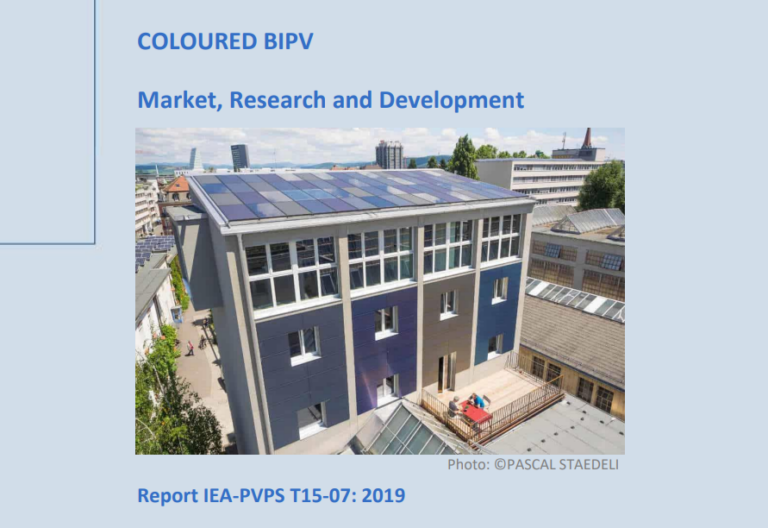In the building sector, net-zero energy performance targets and reduction of CO2 emissions are the main drivers for building integrated photovoltaics. Recent market studies show the history and perspective of the global market in the BIPV sector and calculate a global compound annual growth rate of ~ 40 % from 2009 up to 2020.
In Europe, the BIPV market is in a transition. The past decades of a slowly emerging BIPV market have been characterized by the original dominant value of BIPV: a building that communicates an image of sustainability and innovation. Payback time or “return on investment” have not been the major parameters in the decision process for applying BIPV. This is changing now. In most European countries, the new regulations on energy performance in buildings (derived from the European Energy Performance of Buildings Directive and the Directive on energy efficiency) have been translated in national regulations/laws, stating that all new (and freshly refurbished) buildings of the
EU member states should be nearly zero energy buildings (nZEBs) by 2020. Thus, the time for the regulations to become mandatory is very near. It is expected that the energy performance regulations are now taking over as the main driving factor for the BIPV market and that should have huge consequences in removing the difference between a conventional building component and a BIPV component both in aesthetical and construction terms. This has led to intensified research and development aiming to create BIPV products that come in a variety of colours and sizes, while at the same time being as close as possible to existing building components, to its requirements and how it is considered by the construction industry.
The given market overview of state-of-the-art coloured BIPV products clearly reveals that for all parts of a BIPV module (glass, polymers, PV-active layers), there are technical solutions available for colouring. Pilot projects utilizing coloured BIPV products have been built in numerous (mainly European) cities clearly demonstrating the maturity of these solutions.
The key aspect that has been slowing down the progress of implementation of these aesthetically appealing and technically sophisticated new products into a wider market are the costs. In this respect, a lot of effort has been made to improve and optimize the relationship between colour and efficiency/power generation of BIPV elements. The results of the past and on-going innovative research and intensified fundamental considerations are also summarized in this report.
Besides the colour perception of the coloured BIPV elements under solar irradiation which is essential for the acceptance of the exterior appearance of a building, also transparency and inside visual comfort of BIPV – windows and façade elements are essential for the users and inhabitants.
Read more here…

